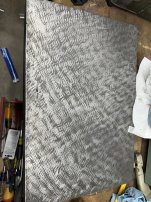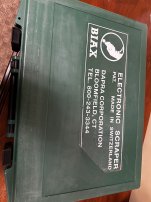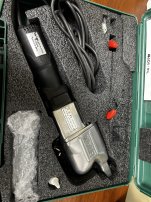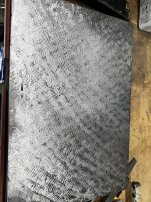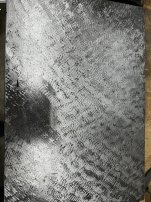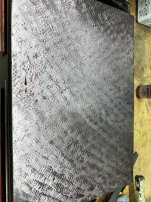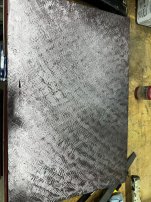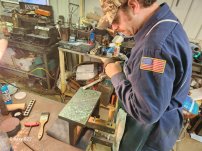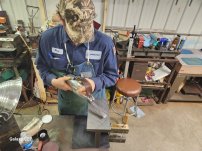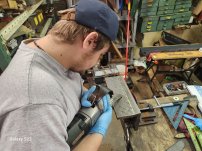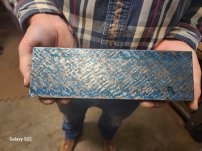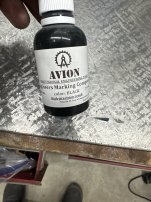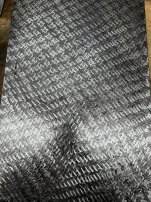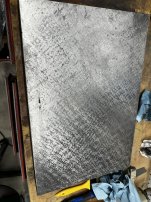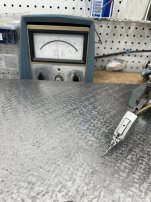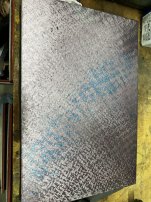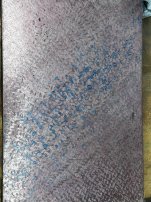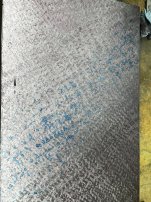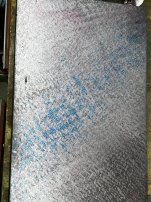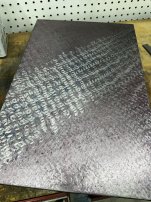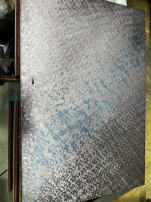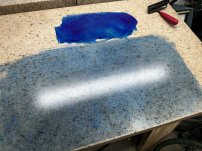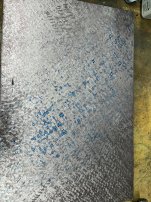p3bhambama
Aluminum
- Joined
- Jul 5, 2023
Hey guys newish member here. I've lurked around for a while - being a long time woodworker who has just in the last year begun a journey into learning machining. One of the first subjects that really caught my interest is scraping, and having watched all the videos on youtube I could find along with reading many threads here on PM, I reached out to Richard King who I had heard mentioned so many times and seen so many of his classes being held on YouTube. I honestly wasn't expecting a response given that I can't currently afford to take one of his classes. I was very wrong.
Not only did Richard respond to my email, but he faithfully responded to a dozen or so follow up ones I sent asking questions about methods, tools, and what I was/wasn't doing correctly. I'm frankly blown away at his kindness to take the time to do so. I'm sure there's lots of people out there in similar situations such as myself, wanting to learn and a little lost at where to start. I feel fortunate that someone like Richard, with his experience and reputation all over the world, not only posts on here helping regularly, but took a not inconsequential amount of time to guide someone he doesn't know from Adam.
That's basically all I've got but thanks to all of you here who provide an incredible knowledge base for those of us who are trying to learn and most especially a huge thanks to Richard King for taking pity on someone who has the interest, but no skills lol. It speaks volumes of him as a true teacher at heart. He and his son are still teaching classes and I'm certain if you are interested and can swing it, he has an upcoming class you could join.
https://kingwayscraping.com/services/#tools
Not only did Richard respond to my email, but he faithfully responded to a dozen or so follow up ones I sent asking questions about methods, tools, and what I was/wasn't doing correctly. I'm frankly blown away at his kindness to take the time to do so. I'm sure there's lots of people out there in similar situations such as myself, wanting to learn and a little lost at where to start. I feel fortunate that someone like Richard, with his experience and reputation all over the world, not only posts on here helping regularly, but took a not inconsequential amount of time to guide someone he doesn't know from Adam.
That's basically all I've got but thanks to all of you here who provide an incredible knowledge base for those of us who are trying to learn and most especially a huge thanks to Richard King for taking pity on someone who has the interest, but no skills lol. It speaks volumes of him as a true teacher at heart. He and his son are still teaching classes and I'm certain if you are interested and can swing it, he has an upcoming class you could join.
https://kingwayscraping.com/services/#tools


